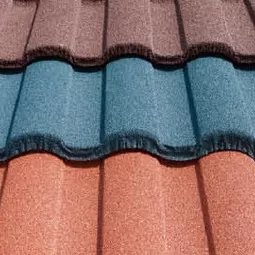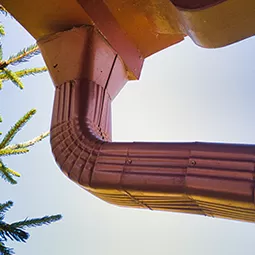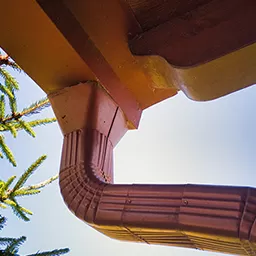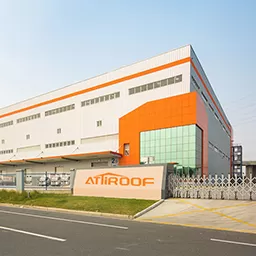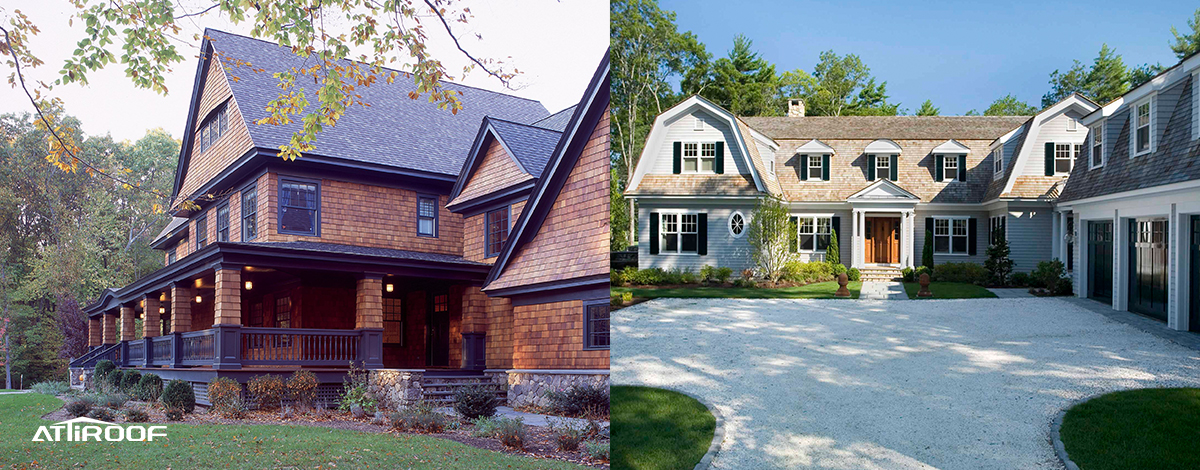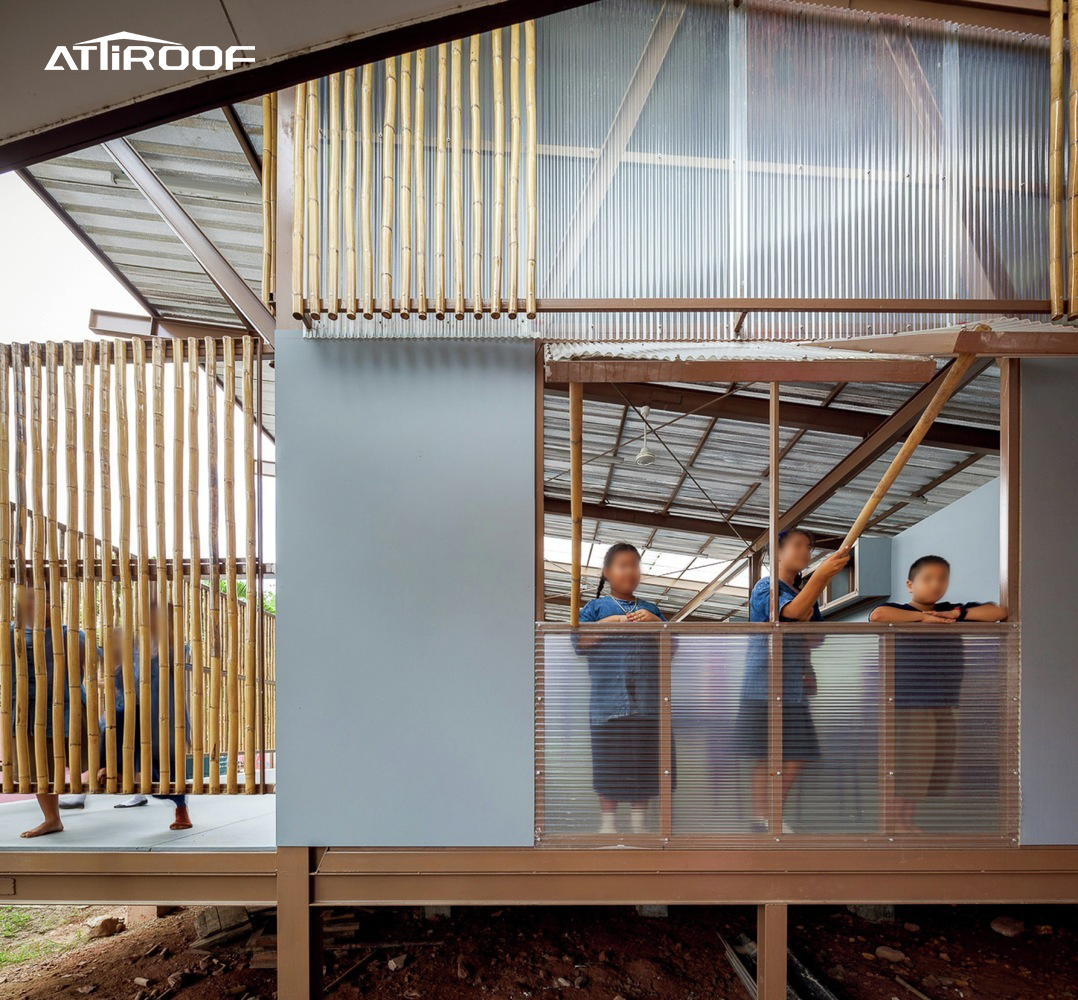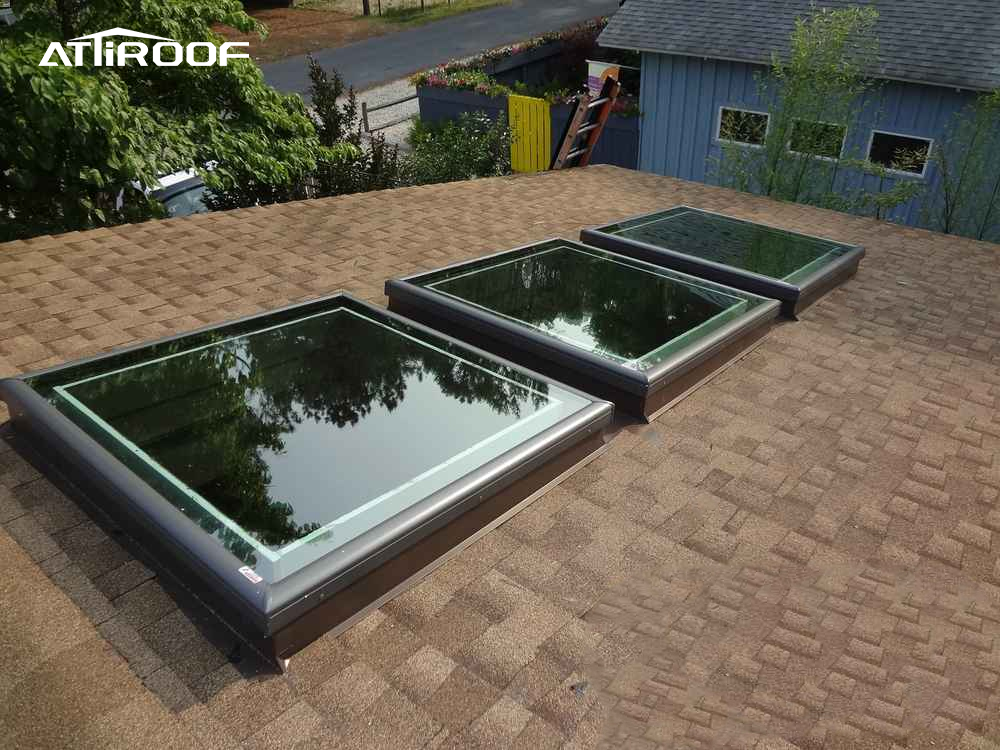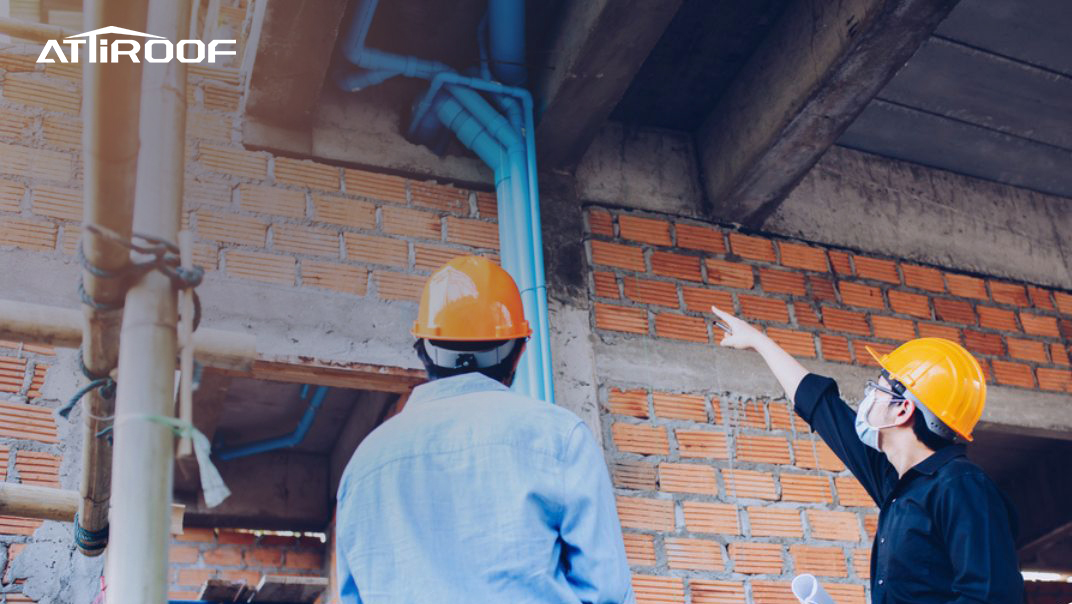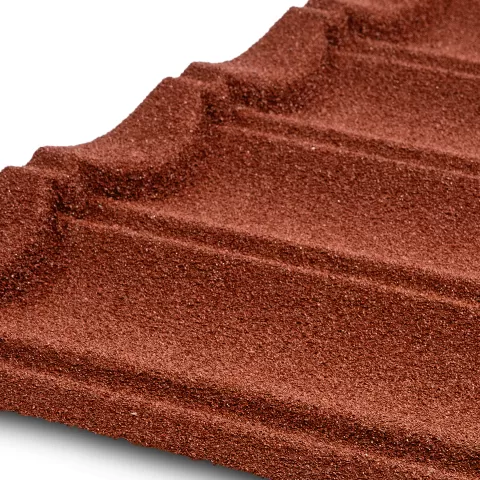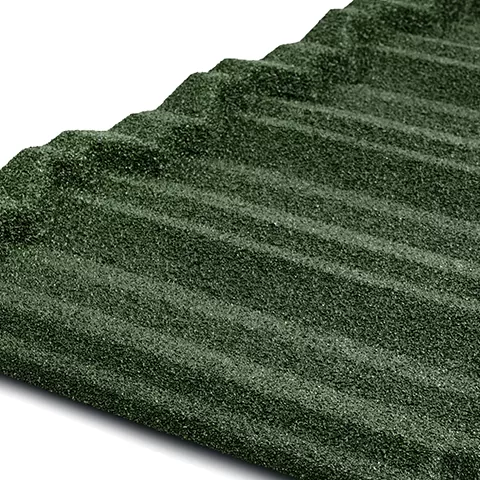The financial implications of selecting a roof for a school are a significant consideration, encompassing more than just the initial price tag. Understanding both the upfront costs and the lifecycle expenses of different roofing systems is essential for making a decision that aligns with the school's long-term financial planning. Furthermore, it's important to be aware of the hidden costs that can arise during installation and maintenance, which can impact the total cost of ownership. Let's break down these aspects to provide a clearer picture of what to expect from different roofing options.
Comparative Analysis of Upfront vs. Lifecycle Costs
Stone-Coated Metal Roof Tiles: While the upfront cost of stone-coated metal roof tiles is generally higher than some alternatives, their lifespan is substantially longer, often exceeding 50 years with minimal maintenance requirements. Their durability and energy-efficient properties can lead to cost savings over time, making them a wise long-term investment.
Asphalt Shingles: Asphalt shingles are known for their affordability and are among the most commonly used roofing materials. They typically last 15-30 years and will require periodic maintenance and earlier replacement compared to stone-coated metal tiles. Over a 30-year period, the lower initial cost may be offset by the need for multiple replacements and repairs.
Synthetic Resin Tiles: These tiles provide excellent durability and impact resistance, often with a lifespan comparable to metal tiles but with a lower upfront cost. They require minimal maintenance and are lightweight, which may reduce installation costs. Over time, their longevity and low maintenance can result in a favorable lifecycle cost.
Clear Polycarbonate Roof Sheeting: This material is often used in specific areas to enhance natural lighting, which can reduce energy costs associated with lighting during daytime. The upfront cost can be moderate, but the benefits of energy savings and the long lifespan can make them a cost-effective choice for certain applications.
For a school's financial planning, it's beneficial to look at the costs spread out over the expected life of the roofing:
Roofing Material | Upfront Cost (per sq ft) | Average Lifespan (years) | Maintenance Cost (over 30 years) | Total Lifecycle Cost (over 30 years) |
Stone-Coated Metal Roof Tiles | $7 - $10 | 50+ | Low | Cost-effective over time |
Asphalt Shingles | $2 - $4 | 15-30 | Medium | Higher when considering replacements |
Synthetic Resin Tiles | $5 - $7 | 50+ | Low | Economical with minimal maintenance |
In this analysis, the apparent savings from lower upfront costs can be deceptive, as ongoing maintenance and replacement costs can accumulate, particularly for materials with shorter lifespans like asphalt shingles. On the other hand, materials with higher initial costs, such as stone-coated metal roof tiles, may prove to be more economical over decades of use. Moreover, specialty products likeclear polycarbonate sheeting, while not used for entire roofing projects, can contribute to energy efficiency and long-term savings when applied strategically.
Considering these factors, schools must weigh their immediate budget against future expenses, ensuring their investment today will continue to pay off well into the future.
Hidden Costs in Roof Installation and Maintenance
When budgeting for a new roof, schools must consider not only the visible costs of materials and labor but also the less obvious expenses that can accumulate over time. These hidden costs include factors such as the longevity of the roofing material, energy efficiency, maintenance frequency, and the potential need for specialized installation. Below is a table that outlines these hidden costs for stone-coated metal roof tiles, asphalt shingles, synthetic resin tiles, and clear polycarbonate roof sheeting:
Roofing Material | Durability | Energy Efficiency | Maintenance Frequency | Specialized Installation Needs |
Stone-Coated Metal Roof Tiles | High | High | Low | Moderate |
Asphalt Shingles | Moderate | Moderate | High | Low |
Synthetic Resin Tiles | High | High | Low | Low |
Clear Polycarbonate Roof Sheeting | Moderate | High | Moderate | High |
*Durability is a measure of how well the material withstands environmental factors over time.
*Energy Efficiency reflects the material's ability to reflect sunlight and insulate the building, affecting heating and cooling costs.
*Maintenance Frequency indicates how often maintenance tasks need to be performed to ensure the longevity of the roofing material.
*Specialized Installation Needs take into account the level of expertise required for proper installation, which can impact initial labor costs.
Examples of Hidden Costs:、
Disposal and Removal: Replacing an old roof may involve disposal fees that vary based on local regulations and the size of the roof.
Repair and Replacement: Cheaper materials may need more frequent repairs or earlier replacement, leading to additional future costs.
Energy Consumption: Poorly insulated or non-reflective roofs can lead to higher energy bills, while materials like stone-coated metal or resin tiles provide better energy efficiency.
Installation Challenges: Some materials, like clear polycarbonate sheeting, may require more complex installation procedures or specialized framing support, leading to higher labor costs.
To ensure a comprehensive financial plan, it is crucial to anticipate these hidden costs and integrate them into the total projected expenditure for the chosen roofing material. Decision-makers should work closely with contractors and architects to assess these potential costs and develop an accurate budget that reflects the true investment required for their roofing project.




